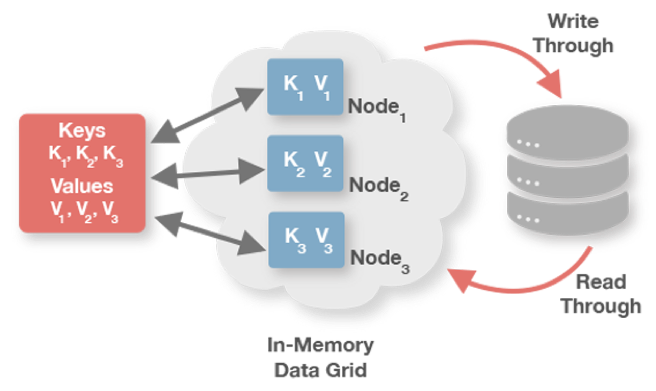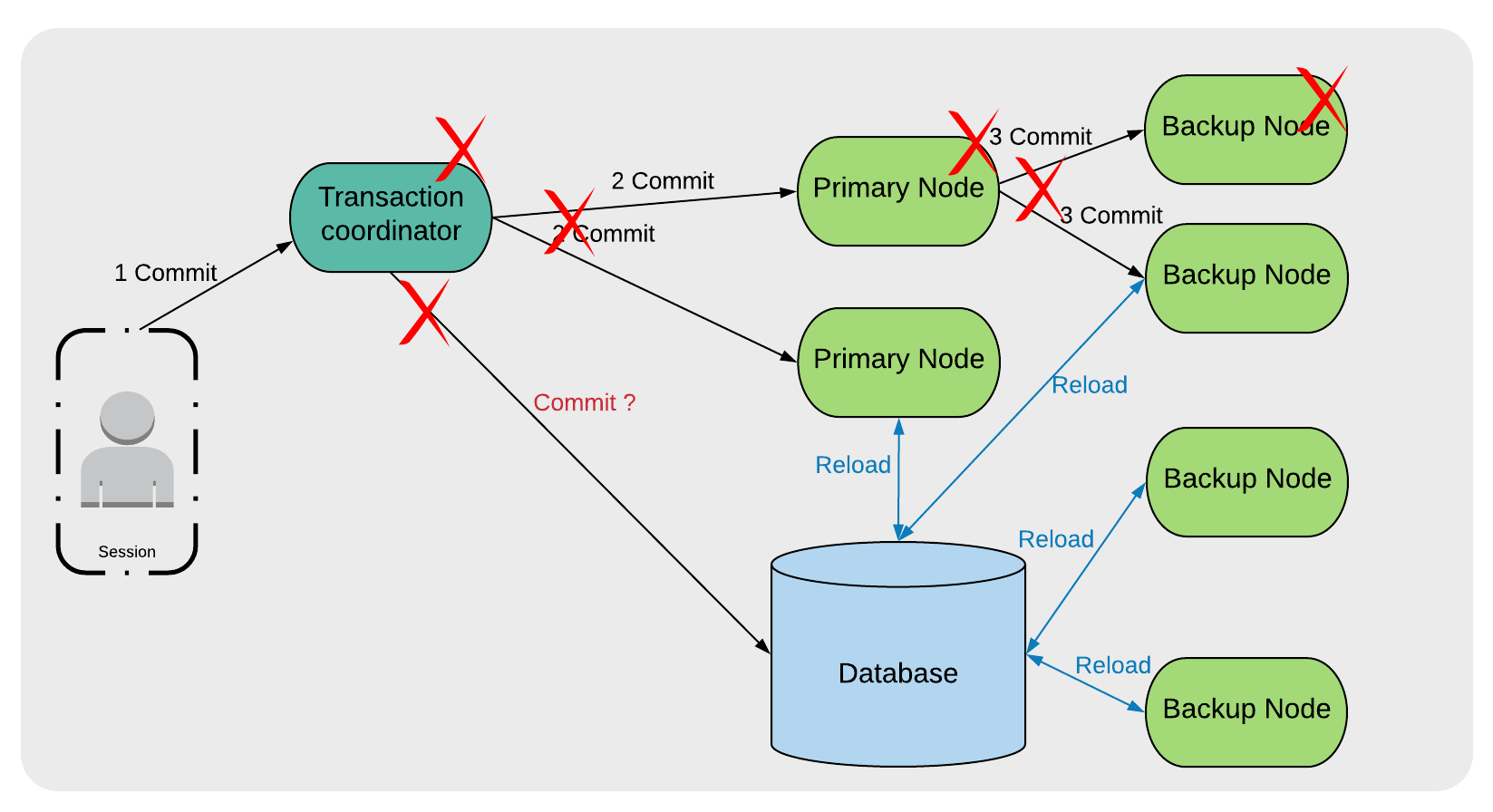Focusing on how GridGain handles transactions with third-party persistence, this article is the last part of the GridGain Transactions Architecture series.
In the previous articles in this series, we discussed a range of topics associated with GridGain's transactions handling in its Key-Value API.
In the first article, we briefly reviewed the two-phase commit protocol and described how it works with various types of cluster nodes.
In the second article, we discussed locking modes and isolation levels and provided detailed message flows for the different isolation levels in both pessimistic and optimistic locking. We also briefly reviewed deadlock detection mechanisms.
In the third article, we looked at failover and recovery and discussed how GridGain manages Backup Node failure, Primary Node failure and Transaction Coordinator failure.
In the fourth article, we focussed on transaction handling with GridGain's native persistence. In particular, we discussed the Write-Ahead Log (WAL) and Checkpointing.
Now, let’s take a look at the advantages and disadvantages of integrating GridGain with third-party persistence stores and providing read-through and write-through semantics.
Read-Through and Write-Through
Two major benefits that can be achieved with GridGain are scale and performance. And one of the underlying principles behind GridGain is no-rip-and-replace. In other words, it is highly likely that there are existing systems in organizations that serve very useful business purposes and cannot be easily replaced, but could be enhanced with superior scale and performance for many business queries, for example.
In this scenario, GridGain can serve as an In-Memory Data Grid (IMDG) or distributed cache for a third-party database system enabling read-through (data are loaded from the database into the IMDG when not found in the cache) and write-through (data written to the IMDG are persisted to the database system), as shown in Figure 1.

Figure 1. Read-Through and Write-Through
However, transactions must be handled appropriately, since they could span both GridGain and the third-party storage system, and maintaining data consistency in the IMDG and in the database system is very important. To achieve this, GridGain provides a CacheStore interface that is fully transactional for read-through and write-through operations.
Two-Phase Commit
When GridGain uses a third-party database system for persistence, the Transaction Coordinator will send updates to the third-party system first and then send a Commit message to its cluster nodes. Working with transactional database systems for persistence provides certain guarantees. Therefore, in the event of a transaction failure with the database system, the transaction can be rolled back and the cache and database system remain consistent.
Handling Failures
Since the database system is treated as the source of truth, managing failures is significantly easier than other scenarios we have discussed in this article series. Data can always be reloaded from the database system to ensure that the cache and the database are consistent, as shown in Figure 2. This works in all cases, including scenarios where the Transaction Coordinator has crashed, potentially with other cluster nodes. GridGain’s CacheStore interface provides bulk loading of a cache from a database system, which can provide a speedy method to restore the cache.

Figure 2. Two-Phase Commit Recovery with Database
Summary
Handling transaction failure with third-party persistence is actually easier than some of the other scenarios we have discussed in this article series, as updates and changes are applied to the third-party store first.
Be sure to check out the other articles in this “GridGain Transactions Architecture” series:
- GridGain Transactions Architecture: 2-Phase Commit Protocol
- GridGain Transactions Architecture: Concurrency Modes and Isolation Levels
- GridGain Transactions Architecture: Failover and Recovery
- GridGain Transactions Architecture: Persistence Transaction Handling
If you have further questions about GridGain persistence, please Contact Us and we can connect you with an GridGain expert.
This post was originally written by Akmal Chaudhri, Technical Evangelist at GridGain.